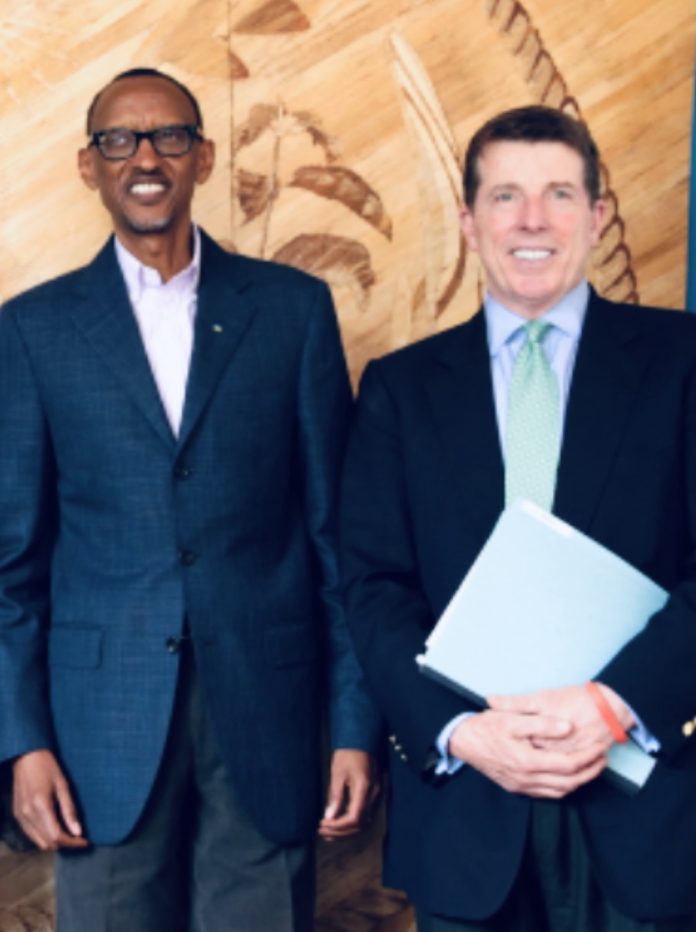General Paul Kagame’s fantasy of turning Kigali into Africa’s banking hub and Bob Diamond’s dream of building an African banking powerhouse led to the bromance between the two. The Kagame-Diamond bromance began via Marc Holtzman who was an executive at Barclays’ Capital then led by Diamond. Holtzman was and remains very close to Kagame as indicated by the fact that Kagame made Holtzman the chairman of the board of the Bank of Kigali in 2009. In that year, Kagame entertained Diamond and his family in Rwanda, complete with helicopter tours of Nyungwe Forest National Park. The Kagame-Diamond bromance spectacularly took off from then onwards.
The Kagame-Diamond bromance saw Diamond’s acquisition of two Rwandan banks
Diamond’s Atlas Mara acquired the commercial wing of the Development Bank of Rwanda in 2014. Two years later, Atlas Mara acquired the Banque Populaire du Rwanda (BPR), and merged BPR with the commercial banking business that was spun off Rwanda Development Bank. The Kagame-Diamond bromance appeared to be unstoppable at least until 2018 when Diamond called Kagame “a true statesman and a visionary leader.”
The bromance met realities and collapsed
Diamond’s dream of building an African regional banking powerhouse failed to materialize, however. By 2019, he had called it quits after heavy losses, and instead began to sell his assets across Africa. In the Rwandan case, Diamond initially attempted to sell BPR to Kenya’s Equity Bank Group in 2019. But Equity Bank abandoned the deal in January 2020. Another Kenyan bank, the Kenyan Commercial Bank (KCB) Group stepped in to purchase BPR in November 2020. That was the end of the Kagame-Diamond bromance.
While it lasted, the bromance was costly for the people of Rwanda
After acquiring BPR, Atlas Mara closed up to 20 of its branches. Over 300 Rwandan workers lost their jobs. These losses sharply reduced access to banking in Rwanda. Prior to its takeover, BPR was the most accessible banking institution especially in rural Rwanda with 194 branches across the country.































































